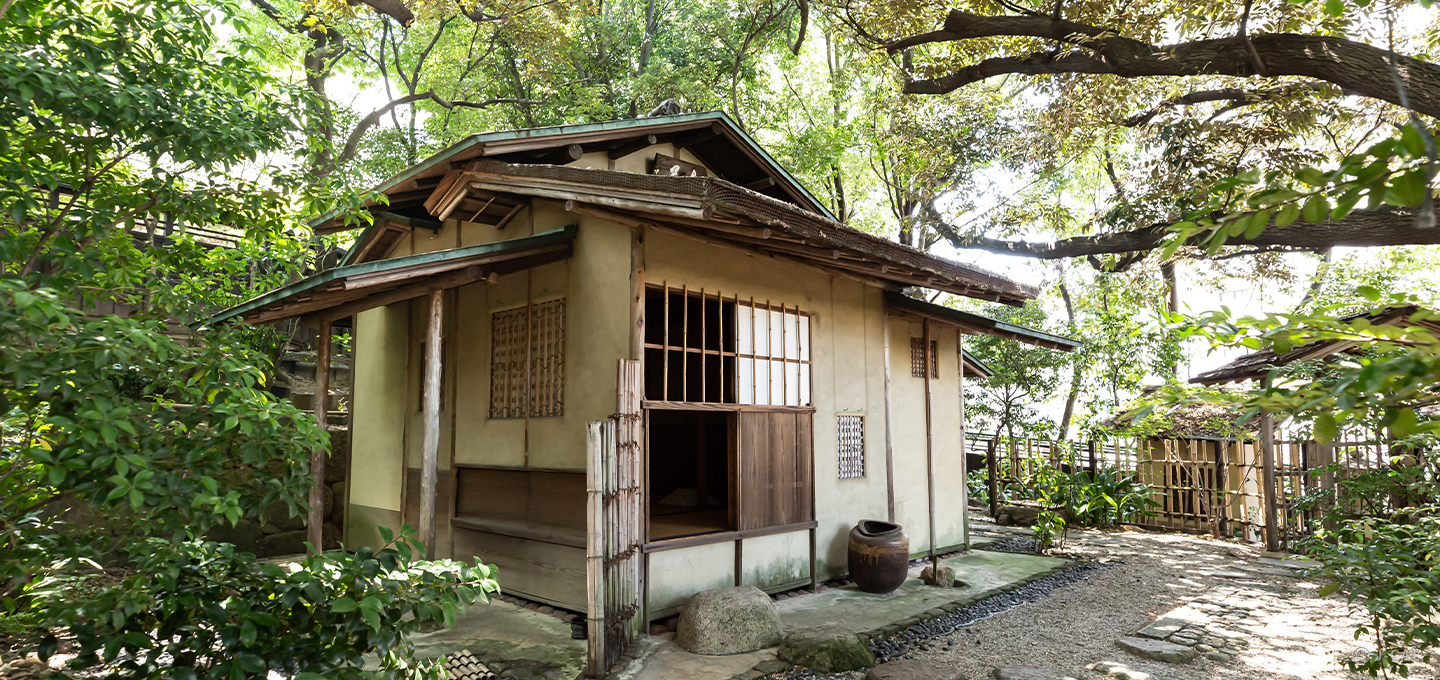
Special Experience
Nagoya
Kodo Incense Ceremony, a Nagoya Tradition and Intangible Cultural Property led by master
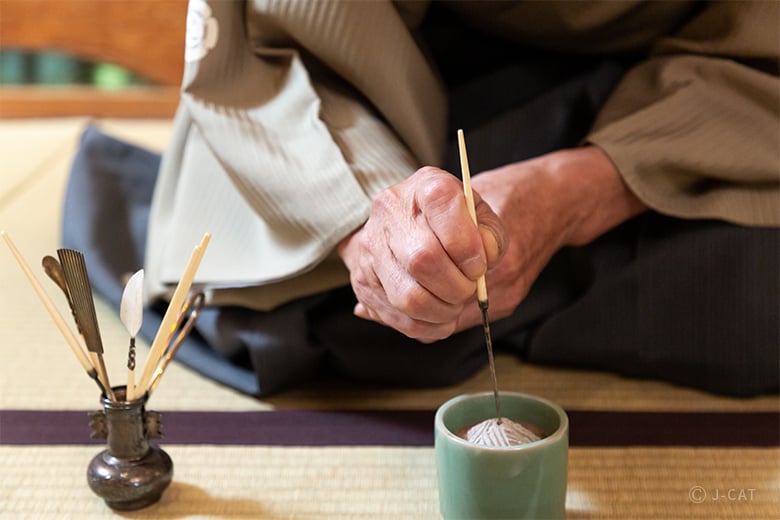
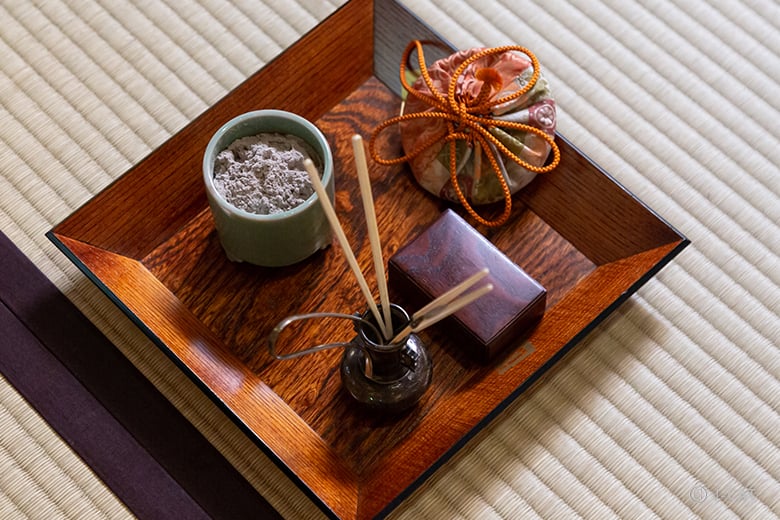
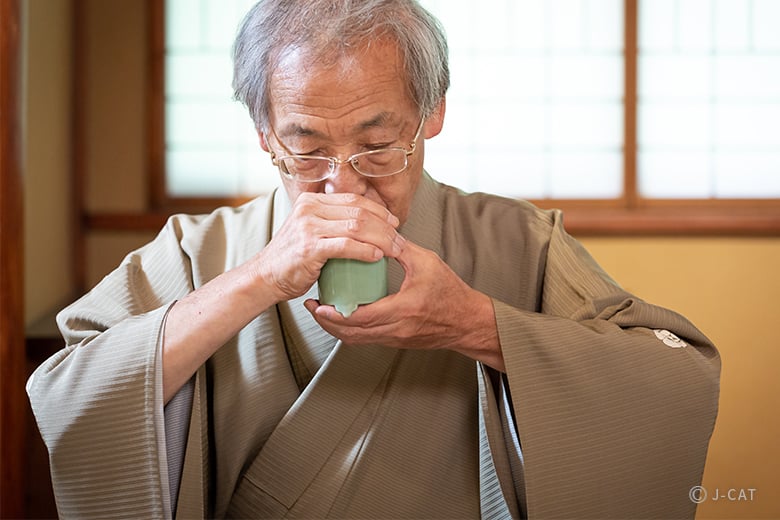
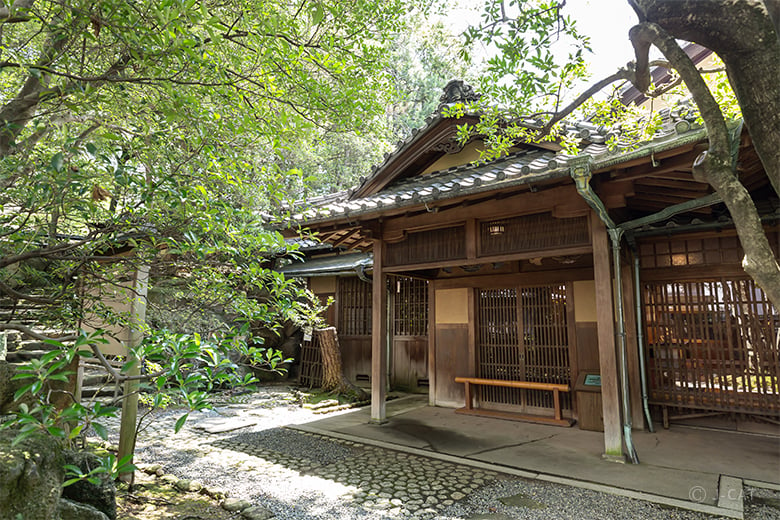
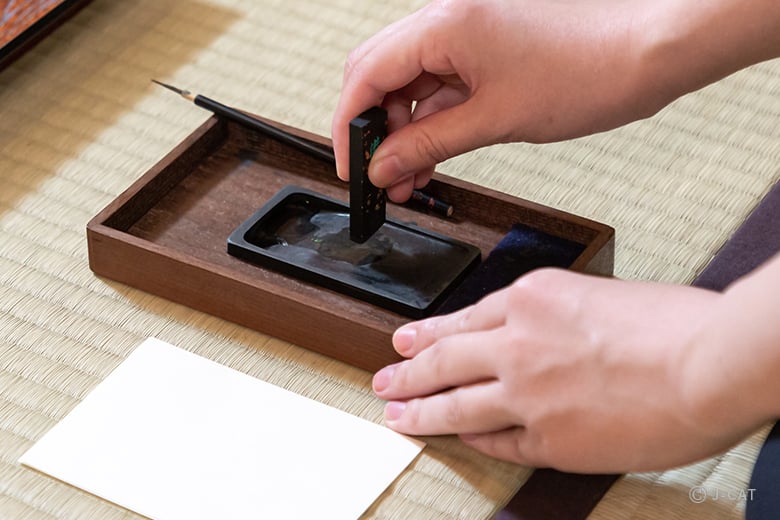
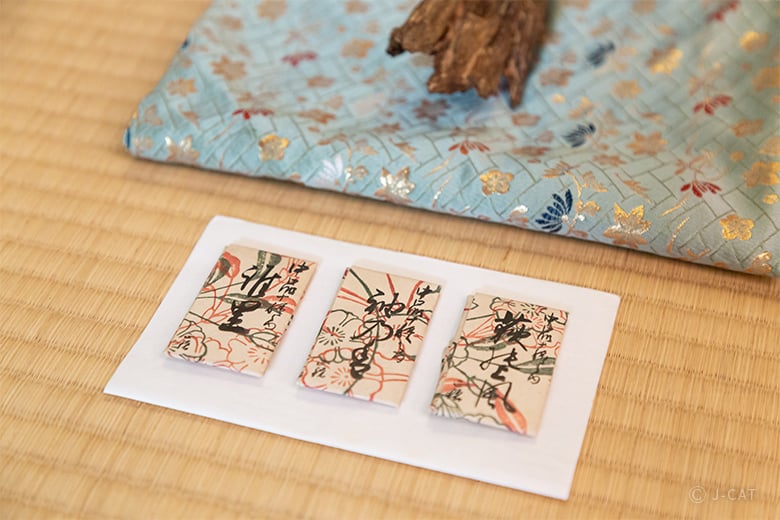
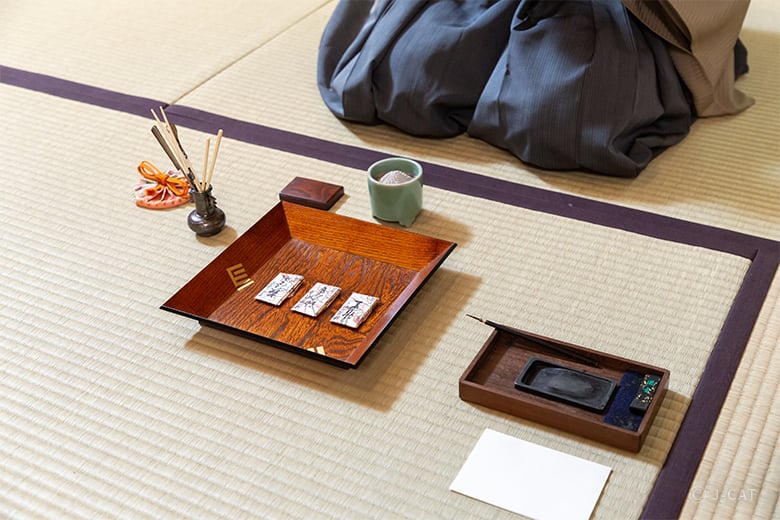
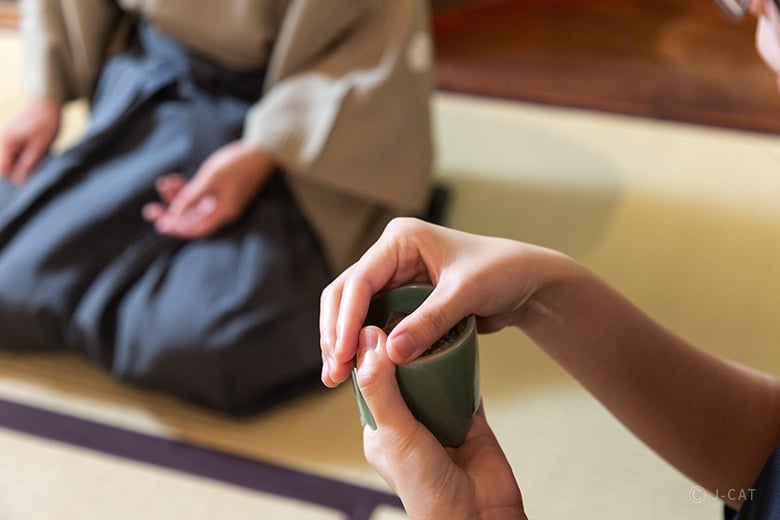
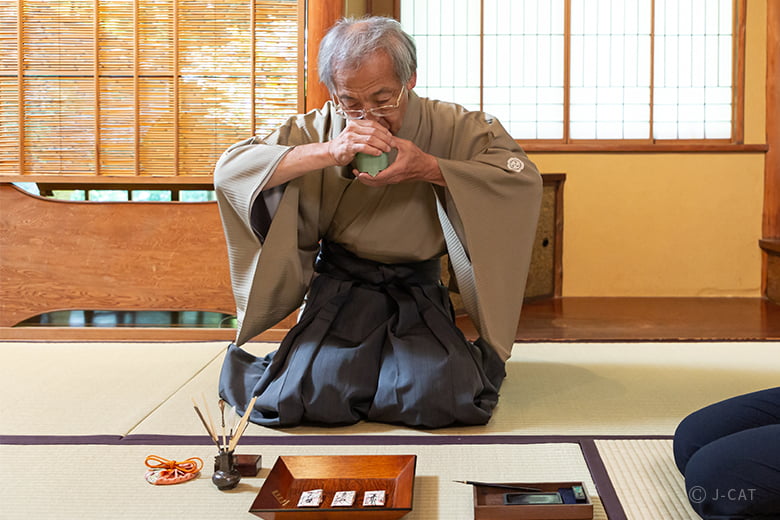
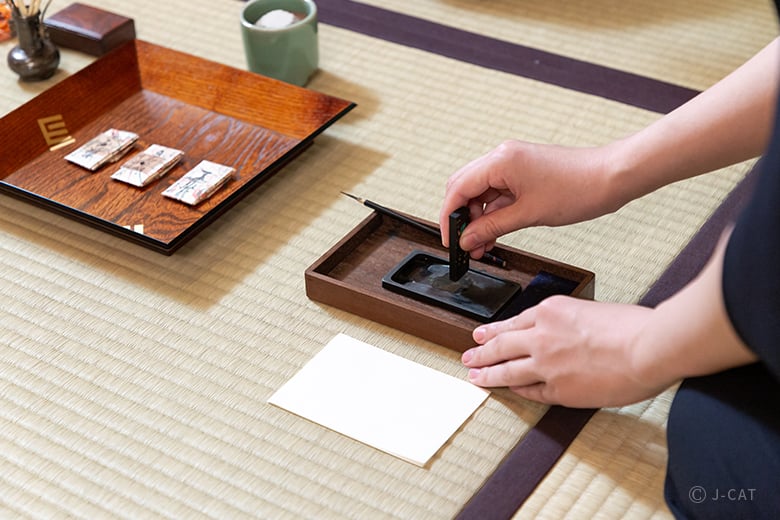
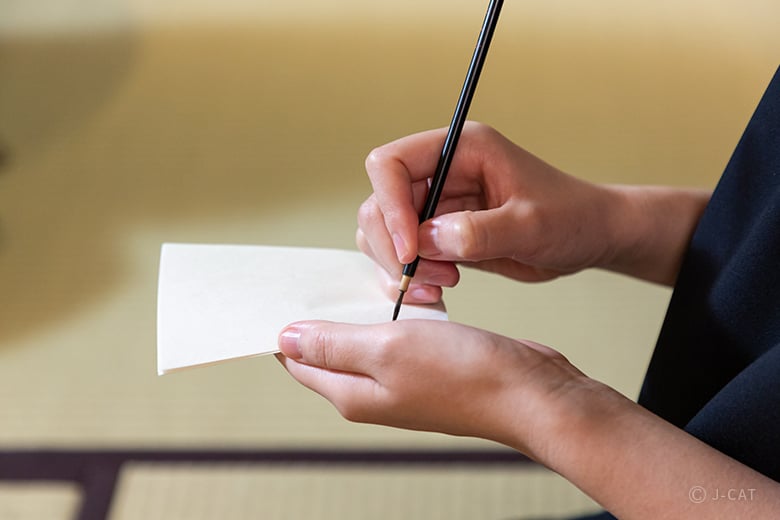
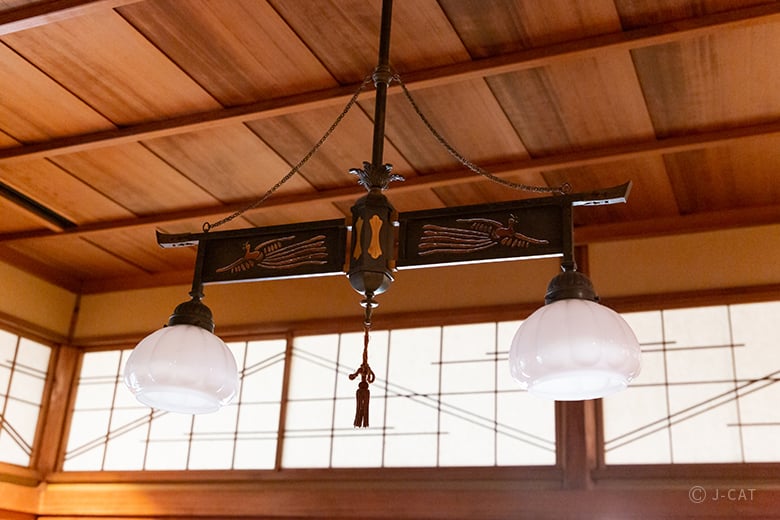
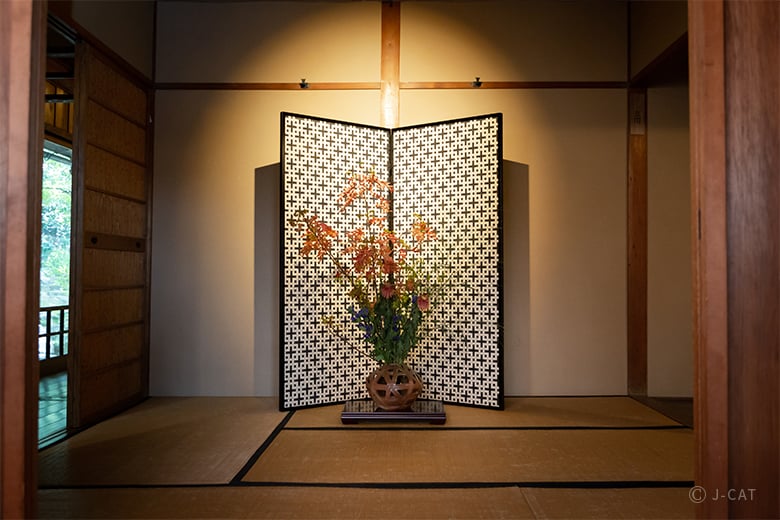
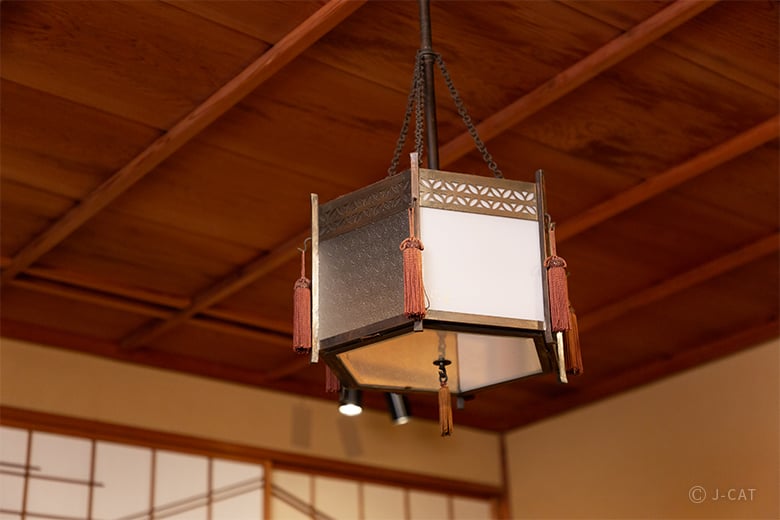
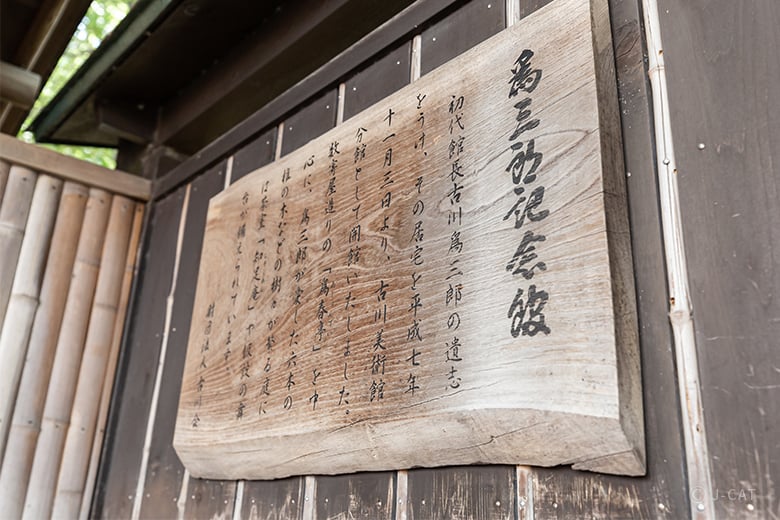
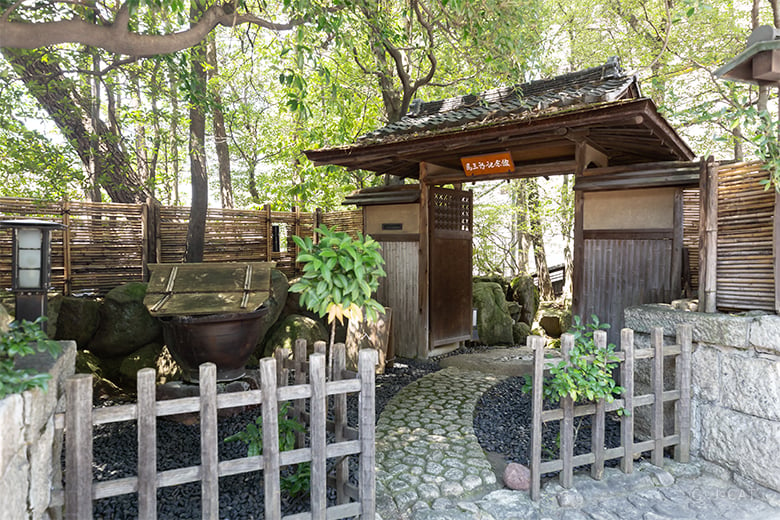
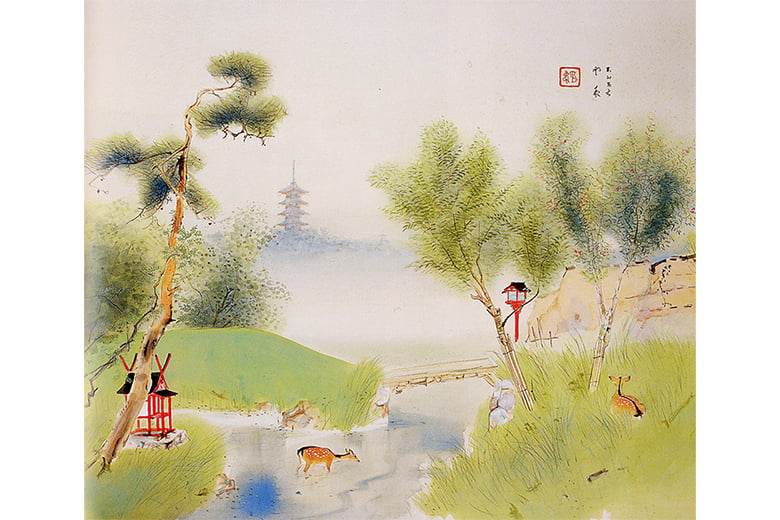
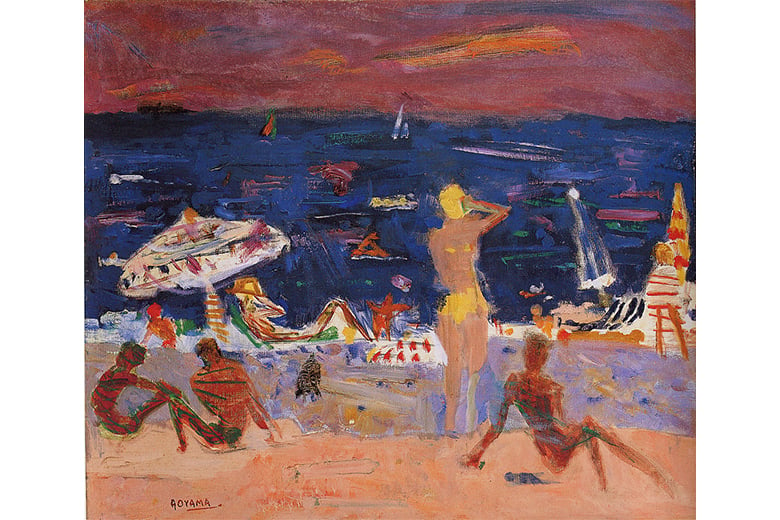
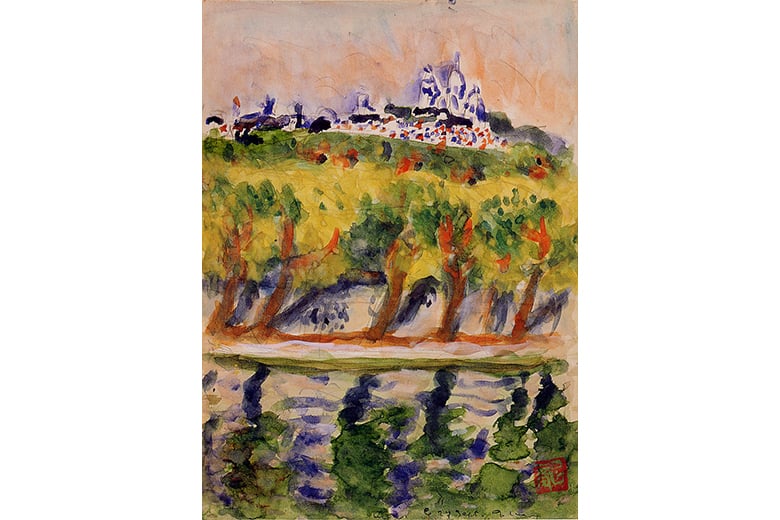
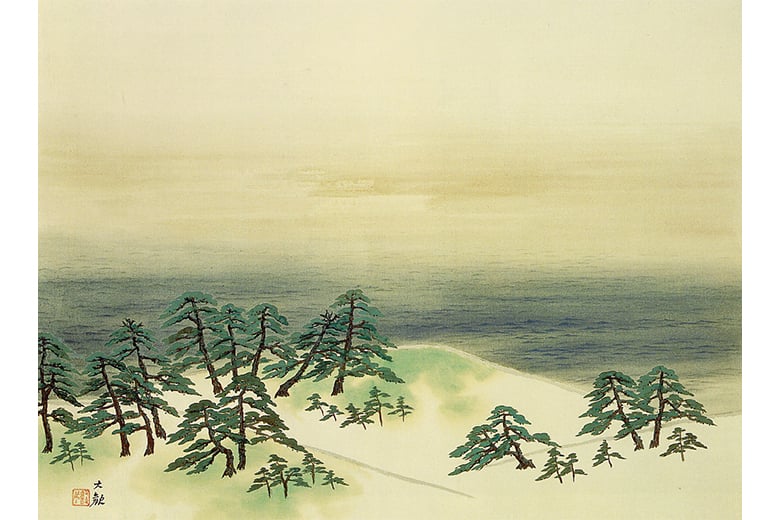
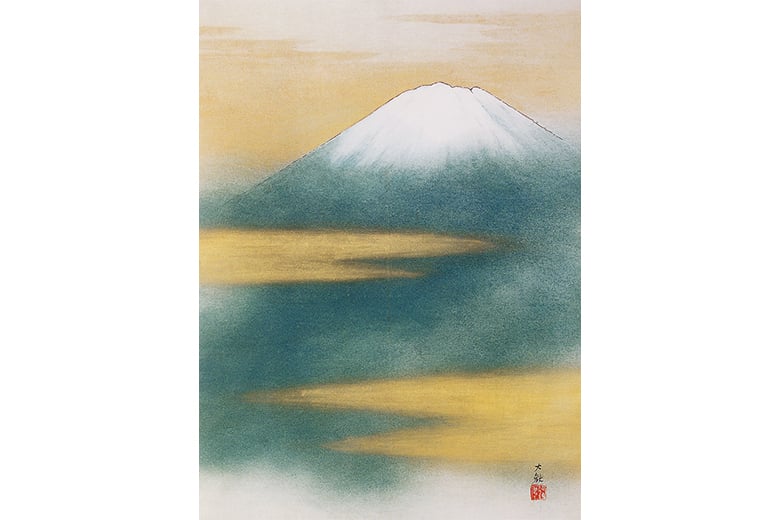
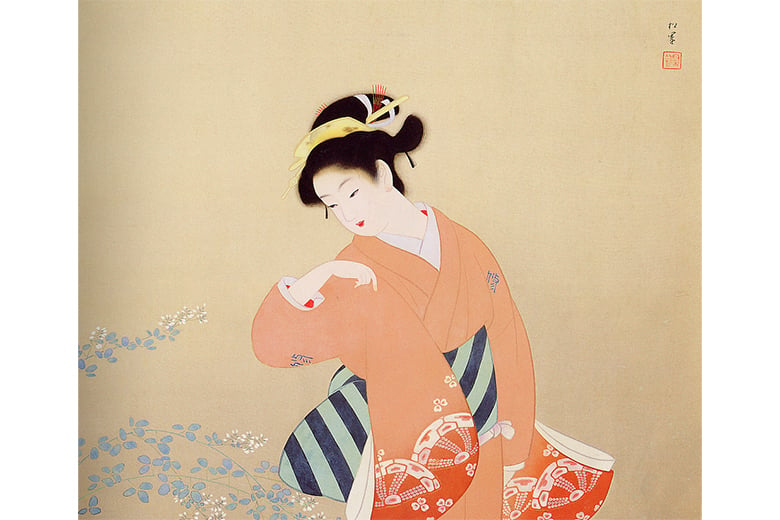
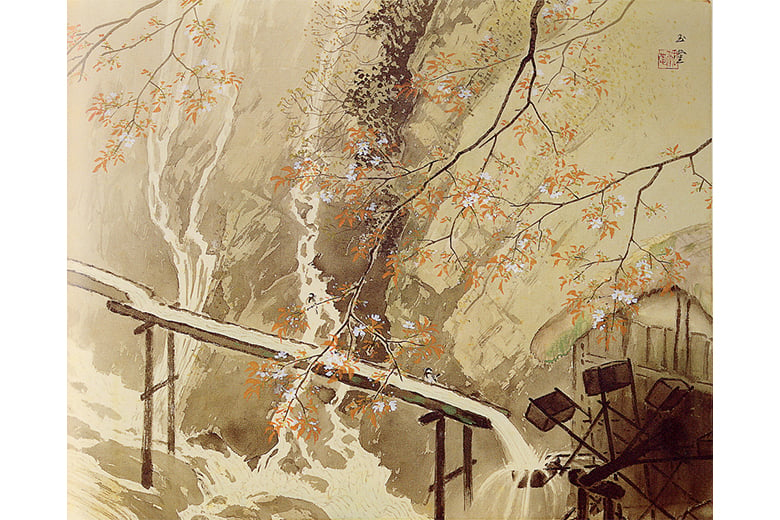
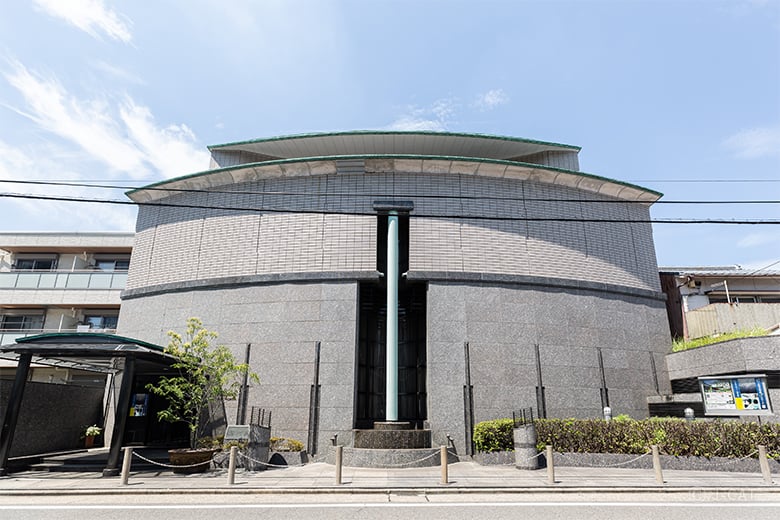
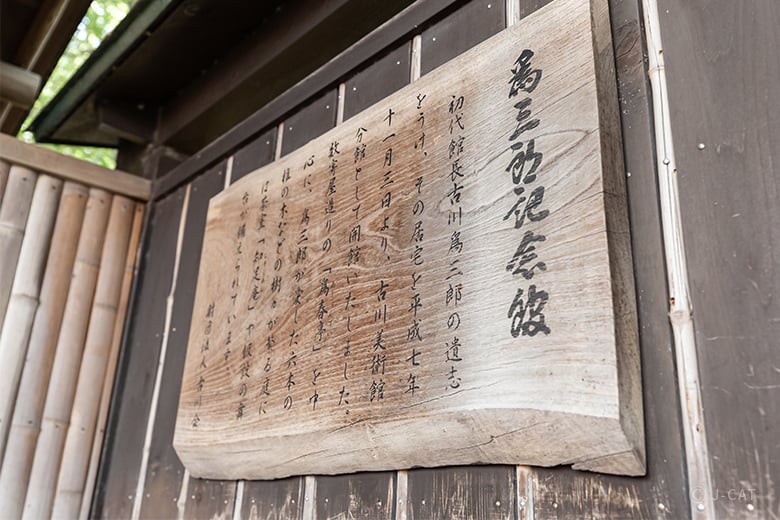

























Overview
A mere 15-minute train ride from Nagoya station sits the Tamesaburo Memorial Hall, a former manor residence and registered tangible cultural property. Ensconced in the hall’s traditional garden is the beautiful Chisoku-an tearoom, which guests in this experience can enjoy private use of for a journey of learning and discovery with a world-class master of incense. Monko is the traditional art of appreciating the aromas of incense and deriving deeper spiritual and mental benefits from them. Dive even further into the depths of Japanese spirit and culture in a tour of the contemporary manor itself, and its adjacent art museum.
Key Features
・Experience kodo incense ceremony in the Chisoku-an tearoom, normally off-limits to public visitors, in the historic residence of industry tycoon Tamesaburo Furukawa (which is today a registered national tangible cultural property)
・Discover the art of monko incense appreciation with three different fragrances under the guidance of a professional expert researcher on incense’s and its history stretching back to the 6th Century
・Immerse yourself in the joys of Japanese culture with all five senses
*You may also be interested in this experience in the same location:
Tea Ceremony Experience with Precious Museum Collection Utensils in a Private Nagoya Tearoom
Nagoya
120mins
from ¥160,000 /group
1 - 4 participants
Available in English
Cancel free up to 4 days prior
Details
The Luxurious Residence of a Tycoon and Philanthropist
Tamesaburo Furukawa was a leading business tycoon during the heady, gilded days of the so-called 1980s "Bubble economy". His wealth and success earned him international renown, and he was featured on magazine covers with such foreign dignitaries as Queen Elizabeth II. A 1988 Forbes Magazine piece described him as “the world’s oldest billionaire.”
Furukawa used his business acumen to develop a variety of new ventures including theaters and restaurants, and pursued his love of art to amass an extensive collection.

The Tamesaburo Memorial Hall sits in a quiet residential area accessible from Nagoya station in just 15 minutes by train
Furukawa’s final wish in life was for his beloved former family residence to become a place of respite for others. Today, as the Tamesaburo Memorial Hall, it is a registered tangible cultural property of Japan that enjoys popularity as a venue for special exhibits and events. This Wabunka plan offers the chance to enjoy monko incense appreciation in its private garden teahouse – one of the few areas of the property not usually open to the public.
In addition to its main building, the Tamesaburo Memorial Hall features a gorgeous traditional garden filled with the Japanese chinquapin trees Furukawa so loved, as well as the Chisoku-an tearoom. The compound was registered as a national tangible cultural property in 2018 in recognition of its importance to be preserved for future generations.

The interior furnishings of Tamesaburo Memorial Museum are also a highlight
During the experience, participants can take a guided tour of the main hall, a magnificent space that perfectly fuses the traditional Japanese manor space with richly appointed Western-style furnishings, and get a sense of Furukawa’s unique and well-cultivated aesthetic sensibilities.
A Private Tearoom
When the facility tour is complete, Wabunka visitors can move to the Chisoku-an Tearoom in the Museum’s garden for the kodo incense ceremony experience.

Tranquility itself, nestled in wooded greenery
Like the main hall of the Tamesaburo Memorial Museum, Chisoku-an also stands preserved in its original 1934 form, modeled in reference to Tearoom Jo-an in Aichi Prefecture’s Inuyama City – also a national treasure. This highly-regarded space, normally off-limits to the public, was also included in the national register of tangible cultural properties in 2018.

The compact interior is cleverly designed so that its wall scroll is visible from any seating position
Kodo incense ceremony master Teruhiro Ogisu acts as instructor for the experience. A disciple of Hachiya Soyu, 19th grandmaster of the Shino School of kodo, Ogisu has devoted over four decades of his life to developing his Kodo expertise, and also publishes and gives overseas talks to drive popularization of the art.

Teruhiro Ogisu is a world-class expert on kodo and a master of the art
Kodo has long been an elite pastime in traditional Japanese society, enjoyed in ages past by samurai and aristocrats. Elite warrior nobles who steered the country through its most turbulent historical periods like Nobunaga Oda and Ieyasu Tokugawa are also said to have used incense to purify their mind and body before joining battle.
Kodo also has a special place in the history of Nagoya in particular. The Shino School (founded in the 16th Century) has been based here since the latter half of the 19th Century, when its then-grandmaster relocated from Kyoto to escape the violent political convulsions that were consuming that city in bloody upheavals at the time. Today, the Shino School of Kodo is officially protected as a registered intangible cultural property of Nagoya.
Hear the Incense Whisper
A highlight of this experience is learning the art of monko, which literally translates to “listening to incense,” so named to capture the fact that it is about far more than just smell. This is appreciation with the full body and mind, focused not only on noticing pleasant aromas but also on meditating on everything they conveys to the physical senses and the inner self alike. Through this, participants can slough off the worldly desires of the ego and cultivate a mindset of selfless freedom.

Watching the preparation of the incense with its specialized accoutrements (koro incense vessel, tadon charcoal, etc.) is a treat all its own
As the incense ceremony begins to unfold, take note of how Ogisu prepares and executes each step, and each of the special utensils he uses along the way – such as the koro incense vessel and tadon charcoal which are used to create the ashen base upon which the fragrant wood of the incense itself is placed. There is technique involved in forming this base of ash, and its skillful execution has an effect on the depth and dimensions of the aroma produced. Ogisu’s deft and practiced expert hand are sure to captivate and calm your heart as you observe him at work.
Finally, it’s time to “listen.” Take up the koro vessel in your hands and let the magnificent aroma speak to you, using a ritualized method of bringing it to your nose and inhaling three times. Three different fragrances of incense, with a history spanning centuries, are prepared to match each season, so be sure to give each one your full attention for maximum enjoyment.

Ogisu gives attentive instruction in how to hold koro incense vessel
Following the experience of each aroma, practitioners of monko freely put their impressions to paper, writing down what each scent made them feel, think of, and picture. After finishing all three, these notes help you to reflect on how they compared, and which spoke to you the most. Feel free to ask the master any questions that come to mind. Take these notes home as a lifelong keepsake of the experience, and you’re sure to come away with a deeper appreciation for the depth of incense under Ogisu’s expert guidance.

Using fresh-ground ink and a traditional brush to put your thoughts to paper
Getting to Know the Furukawa Museum of Art
Following the incense ceremony, stroll just two minutes on down the road to the Furukawa Museum of Art.
Tamesaburo spent years building the art collection to decorate his manor, and amassed some 2,800 pieces ranging from paintings to tea vessels. The Furukawa Museum of Art opened to showcase this collection and make it accessible to the general public.

The Furukawa Museum of Art is the only such public art museum in Nagoya’s Chikusa Ward
Exhibits vary with the seasons, but generally feature Japanese paintings, ceramics, and other crafts. Museum staff are on site to offer details about the works displayed and features of the museum. It’s a once-in-a-lifetime opportunity to enjoy unique masterworks not found anywhere else.

Yokoyama Taikan’s Reiho Fuji (“Sacred Fuji”), 1944
Experience the Ancient Art of Centering the Heart
Kodo traditions in Japan go all the way back to the 8th Century, practiced to calm, center, and enlighten the mind and body. Discover the authentic practice of these traditions in the tranquility of a traditional tea room. Contemplate the fragrances as well as the artwork on display in the museum. Most of all, let it amaze you just how far away the stresses and worries of the day-to-day can feel as you spend some quality time with yourself. This ancient practice offers a truly unique window into the spiritual traditions of Japan.

The simple act of focusing on experiencing an aroma has a truly wondrous power to calm the heart
Tamesaburo Memorial Hall at the Furukawa Museum of Art

Tamesaburo Memorial Hall at the Furukawa Museum of Art
Built in 1934, the facility consists of a main hall, a Japanese garden, and the Chisoku-an Tearoom, where works from Furukawa’s personal collection were displayed. The main public facility – the Furukawa Museum of Art, which houses the rest of Furukawa’s massive collection – sits a mere two-minute walk away.
Location
Tamesaburo Memorial Hall
Nagoya, Aichi
Request for booking
Select first preferred date (JST)
December 2025
Sun
Mon
Tue
Wed
Thu
Fri
Sat

Instant Booking

Request Booking

17
Full

17
Unavailable
Nagoya
120mins
from ¥160,000 /group
1 - 4 participants
Available in English
Cancel free up to 4 days prior
Things to know
Contact Us
If you have any questions, please contact us using the form below.
We also accept bookings from corporate clients and travel agencies.